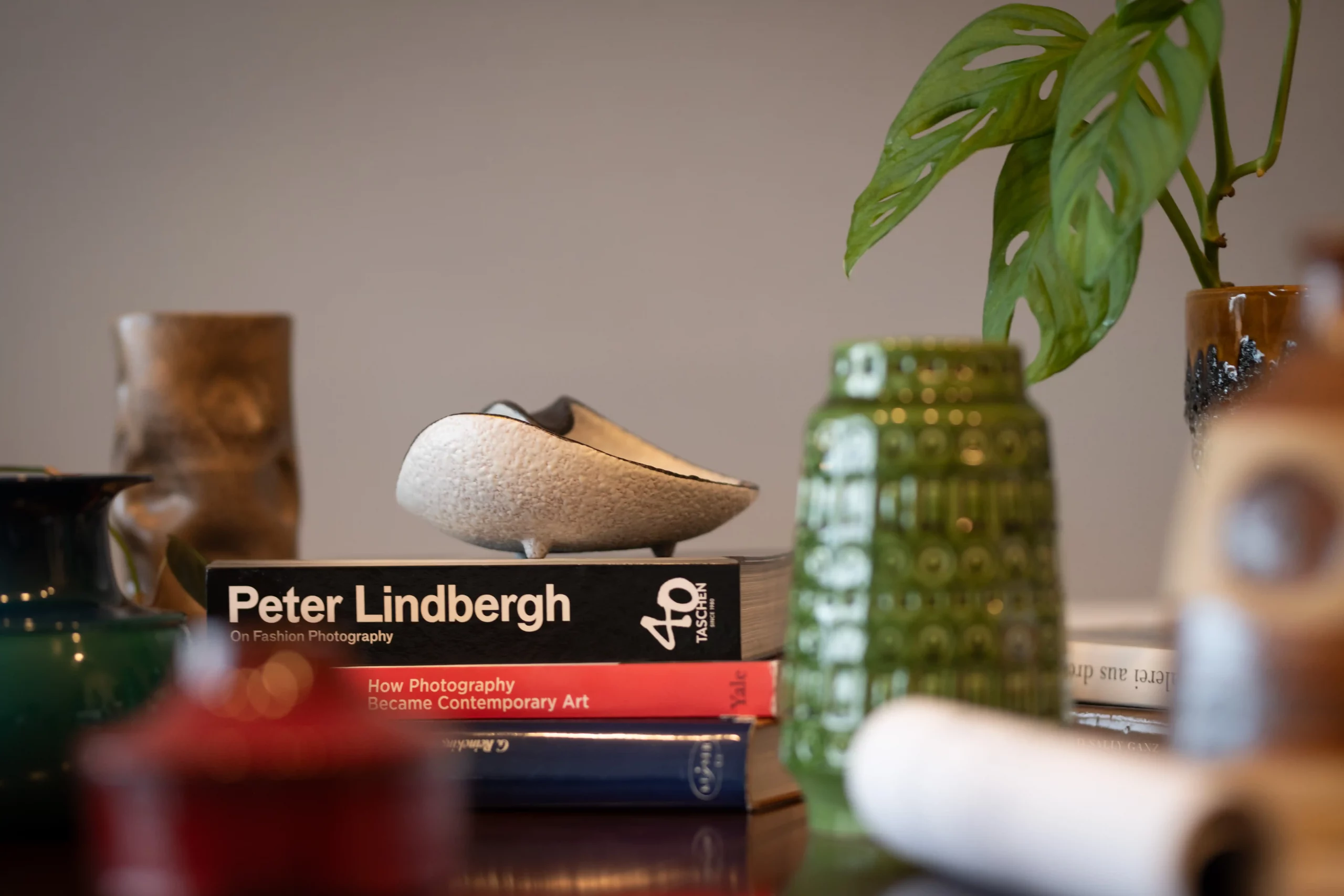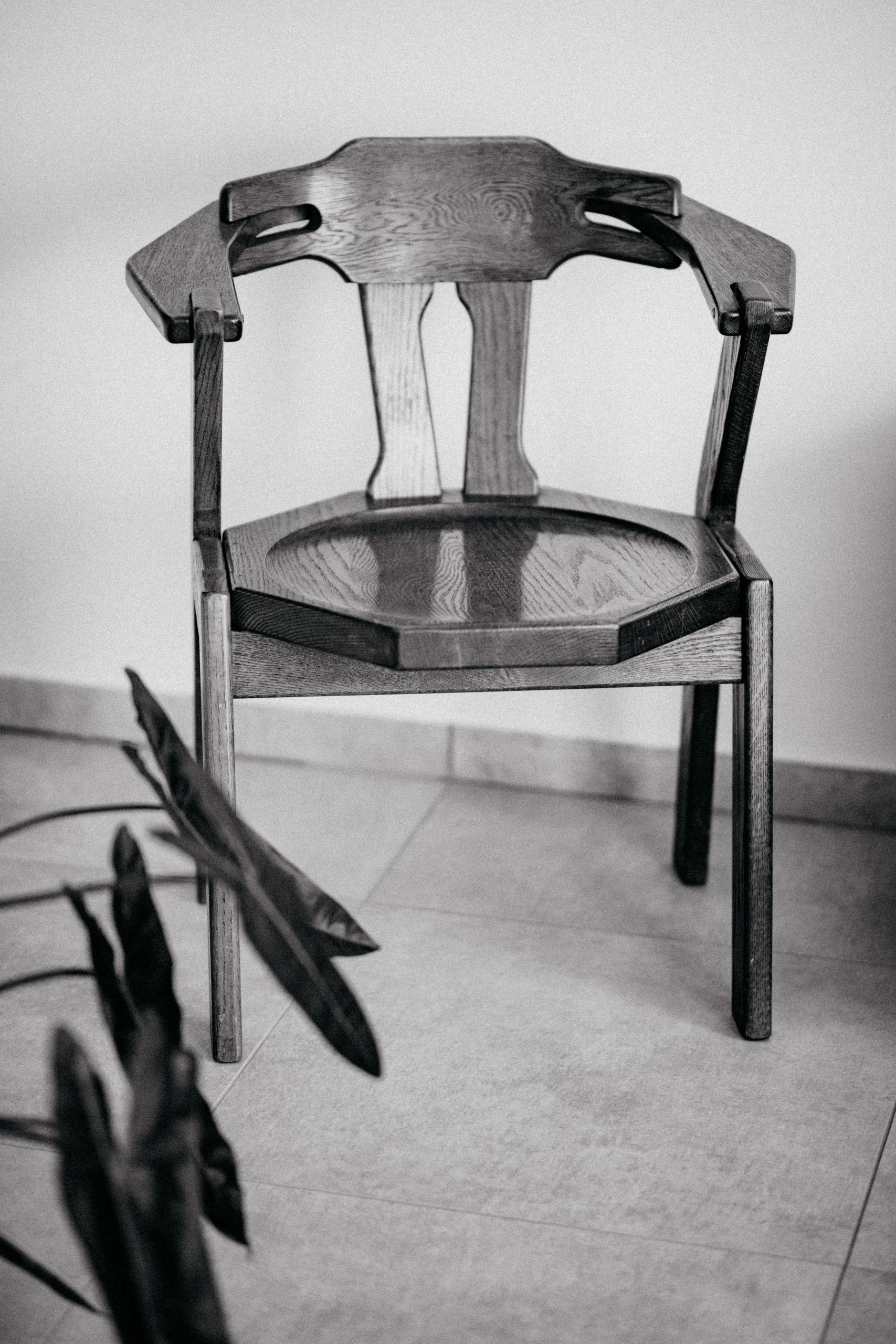Introduction
We tend to think of photography as a way to record objects, to capture them as they are. But in reality, photography is far more than documentation. It changes how we perceive objects, drawing attention to details, textures, and forms that we might otherwise overlook. For collectors, designers, and art lovers, photography becomes a tool of discovery — a way to see objects anew.
Photography as Interpretation
Every photograph is an interpretation. The angle you choose, the light you emphasize, the depth of field you allow — all these decisions shape the object’s presence in the image. A ceramic bowl photographed in soft, diffuse light might appear calm and meditative, while the same bowl shot under harsh shadows could seem dramatic and sculptural.
This ability to shift perception makes photography not just a mirror but a creative lens.
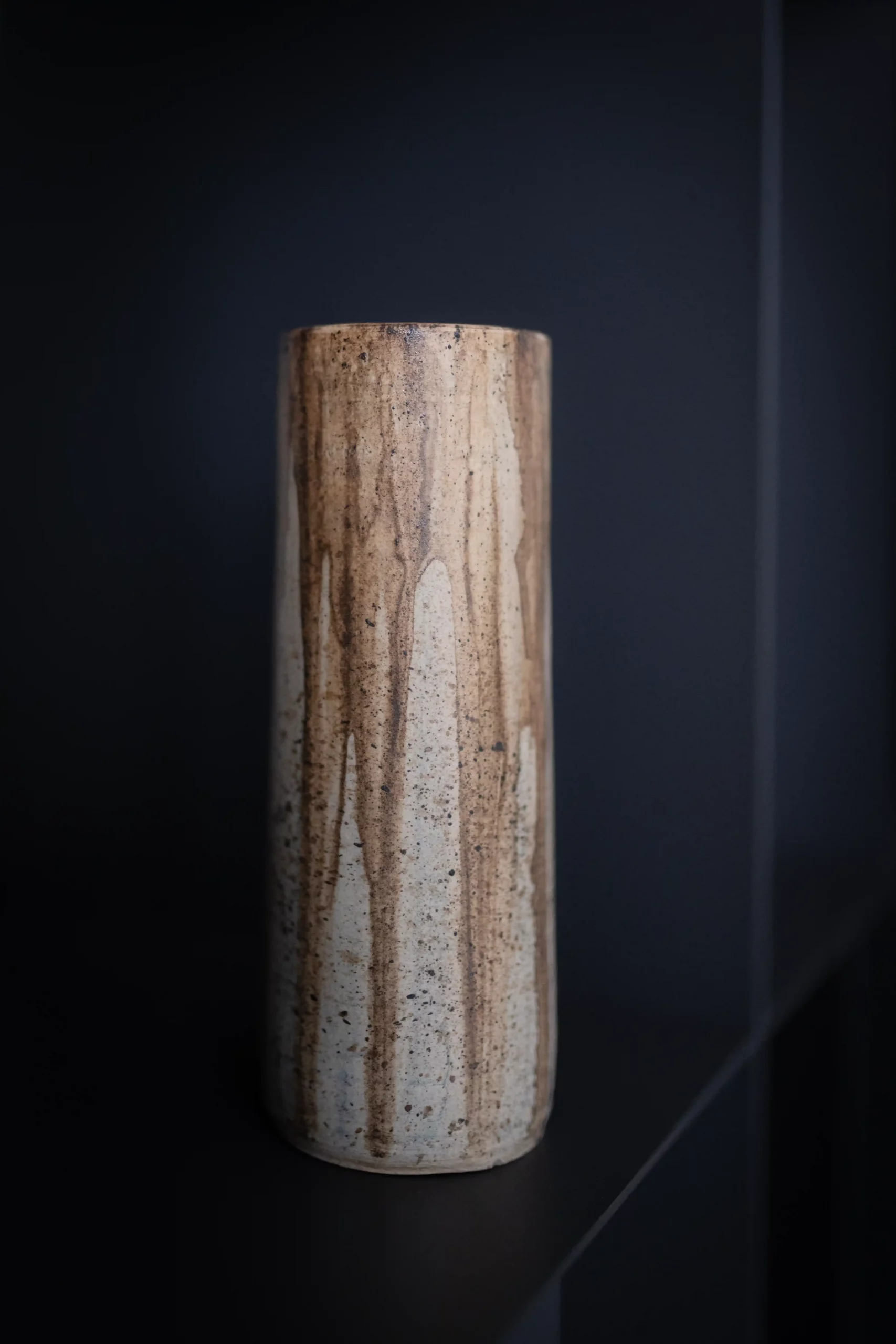


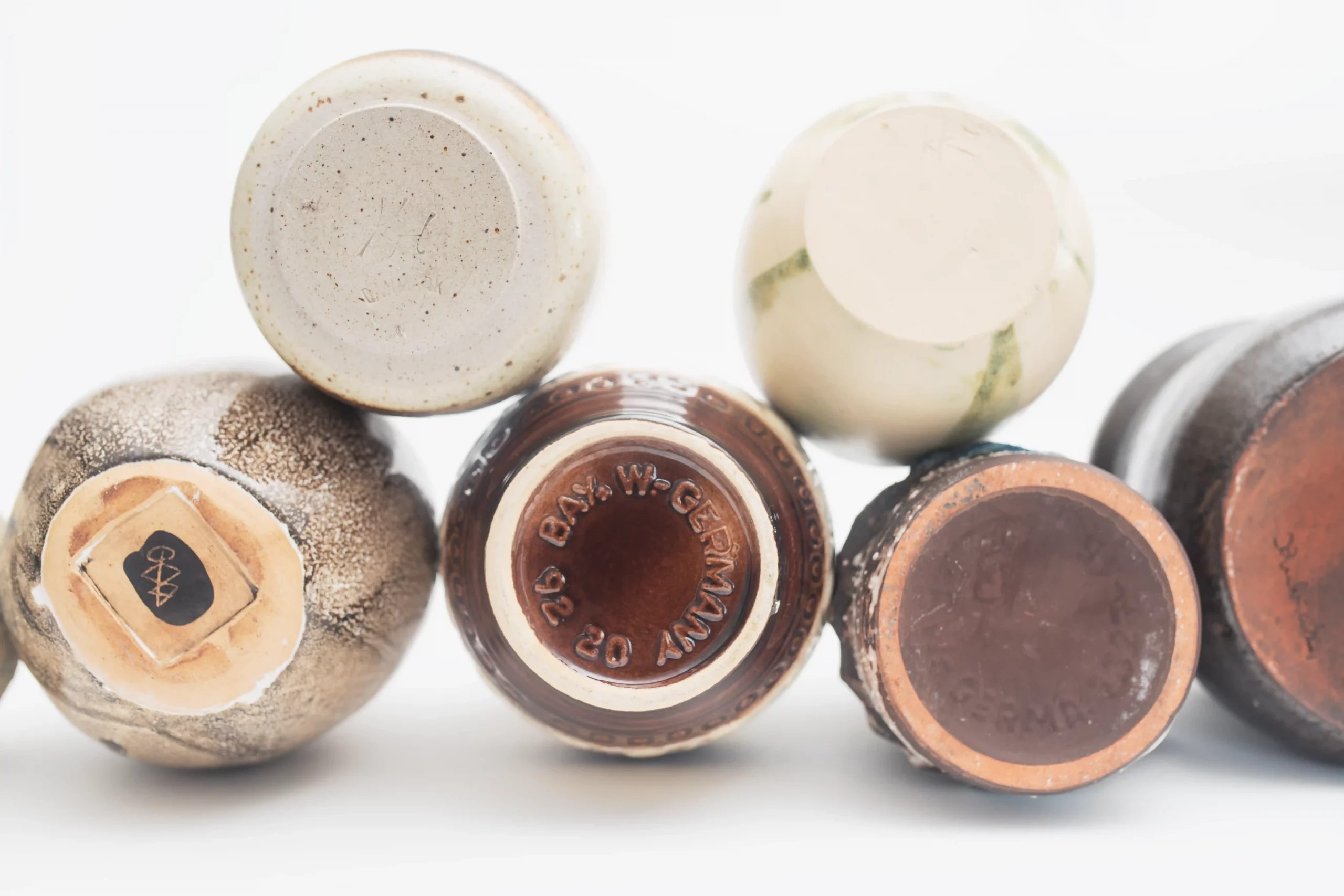

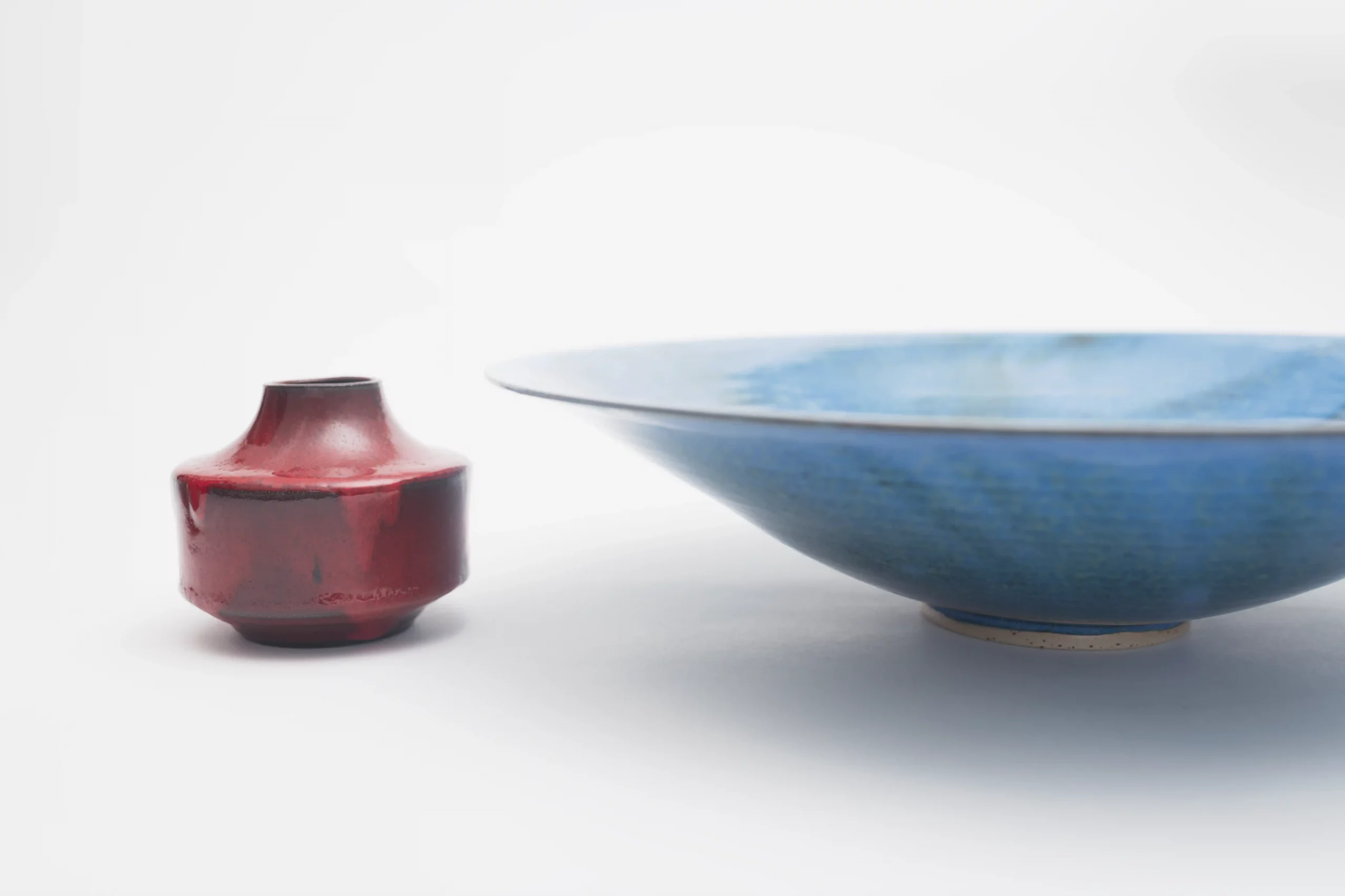
Revealing Details and Surfaces
Objects reveal themselves differently in photographs than in person. A close-up shot of a glaze might highlight tiny cracks, color variations, or the grain of clay that a casual glance would miss. A well-lit photo of a chair can make you notice how the curve of its back echoes the arc of its legs.
Photography slows down looking. It forces us to see surface, texture, and proportion with new attention.
Light as a Storyteller
Light is central to photography — and it’s also central to how we experience design. A lamp photographed lit at night tells a different story than the same lamp photographed in daylight. Shadows falling across a table can emphasize its materiality or give it architectural weight.
For collectors, photographing objects under different lighting conditions deepens understanding. It shows how a piece interacts with its environment, how it changes with the time of day or season.
The Role of Context
How an object is photographed also depends on context. A vase shot in isolation against a white background becomes pure form, abstracted from daily life. The same vase placed on a cluttered shelf tells a story about use, placement, and domestic space.
Both approaches are valuable. Isolated photography helps us appreciate design as design. Contextual photography reminds us of how objects live with us.
From Documentation to Creative Practice
For many collectors and artists, photographing objects evolves from documentation into creative practice. The camera becomes a partner in seeing. Some even use photography as a way of curating: arranging objects, experimenting with groupings, and then capturing those arrangements.
This act of photographing can shape a collection’s identity. The images themselves become part of the collection, extending it beyond the physical into the visual.
Examples in Art and Design
Many artists have explored this interplay between photography and objects. Still-life photographers elevate everyday items into subjects of contemplation. Design magazines rely on photography to translate the feel of interiors to readers worldwide. And contemporary artists often blur boundaries, using photography not just to capture objects but to transform them into something entirely new.
Why Photography Matters for Collectors
For a collector, photography is invaluable:
- It records acquisitions and provenance.
- It helps track condition and changes over time.
- It creates a personal archive of your collection.
- It allows you to share your collection online and with others.
But beyond the practical, photography brings joy. It deepens your connection with the objects you’ve chosen to live with.
Conclusion
Photography is more than a tool of memory; it is a way of seeing. By photographing objects, we notice details, appreciate textures, and understand form in new ways. For collectors, designers, and art lovers, the camera becomes not just a recorder of objects but a collaborator in discovery. It reminds us that even the most familiar vase, chair, or lamp still has secrets to reveal — if only we take the time to look.


